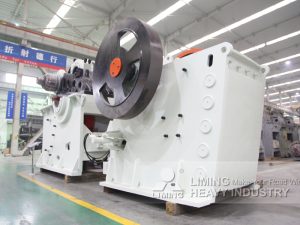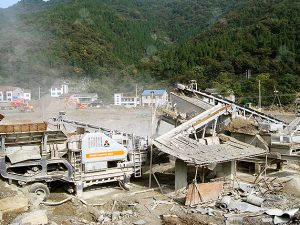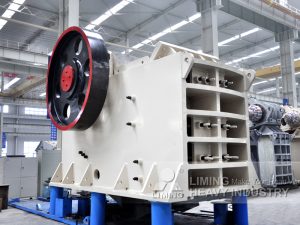Main Causes of Dust Generation in Sand and Gravel Production Lines
Sand and gravel production lines generate a large amount of dust during production, primarily due to the following key links and factors:
1. Material Moisture Content
When the moisture content of the ore is low, the amount of dust increases significantly. Material moisture includes internal water (naturally present during the ore formation process) and external water (moisture attached to the external environment). Since the moisture content of the raw ore is generally low, external water management is crucial for dust control.
2. Belt Speed
Inappropriate speed can exacerbate dust pollution. Too slow a speed can lead to ore accumulation, while too fast a speed can cause the belt to deviate and ore to fall, increasing dust generation. Appropriate speed control can effectively reduce dust.
3. Chute Drop
As ore falls, friction and collision between particles in the chute generate a large amount of dust. Reducing the drop at the transfer point is a key measure for dust control.
4. Transfer Point Type
When ore particles leave the track, small dust particles can remain suspended in the air for a long time, causing persistent pollution.
5. Dust Particle Size Characteristics
Small dust particles (<10μm) can remain in the air for up to several hours, easily causing secondary pollution, while large dust particles settle quickly.
Main Dust Generation Process
Vibration causes dust dispersion
| Dust Generation Process | Dust Characteristics | Control Difficulties |
|---|---|---|
| Crushing Workshop | High Concentration and Coarse Particles | Equipment Sealing Difficulties |
| Screening Process | wide dispersion | Vibration can cause dust to disperse |
| Material transfer | Sudden dust emission | Large droplet height |
| Loading and unloading at the storage yard | Unorganized emissions | Difficult to collect in open spaces |
As a professional supplier of equipment for sand and gravel production lines, Liming Heavy Industry offers the following dust control solutions:
1. Optimized Equipment Design
Sealed design for jaw crushers, impact crushers, and other equipment
Dust covers for vibrating screens reduce dust spillage
Optimized chute design minimizes material drop
2. Systematic Dust Removal Solutions
Pulse dust removal systems can be configured based on the characteristics of the production line
Fully enclosed conveying systems eliminate fugitive emissions
Centralized electronic control system enables dust monitoring and automatic control
3. Process Optimization Suggestions
- Provide a moisture content adjustment solution
- Intelligent belt speed control system
- Dust collection solution at transfer points
Recommended equipment from Liming Heavy Industry
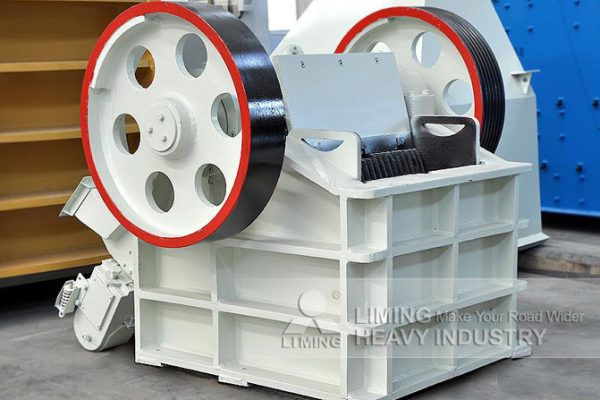
Jaw Crusher Series
Adopts a sealed structure design to effectively reduce dust leakage during the crushing process.
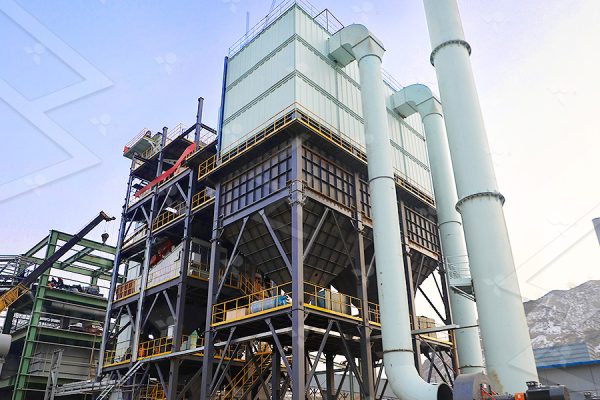
Pulse Dust Removal System
Efficiently collects dust generated in all stages of the production line, with a purification rate of up to 99%.

